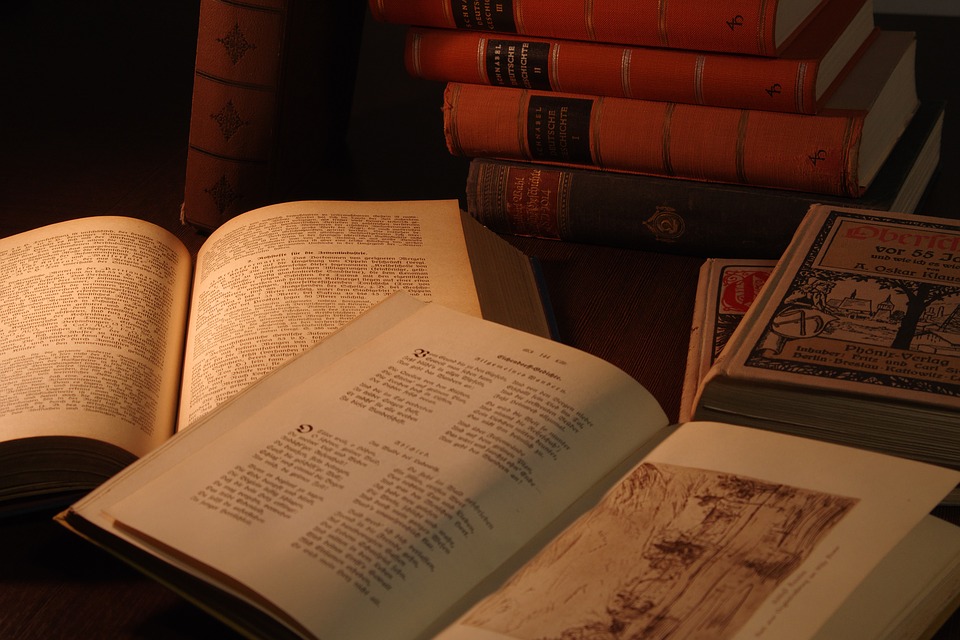As a Medieval Studies major and History minor, I am aware of how enjoyable and intriguing the various subjects of history truly are. Learning about the events that shape our world is like reading a great epic myth; it’s exciting and full of surprises. However, I know that learning how to use your major or minor in a practical manner after college is vastly important. Are there jobs that utilize your skills as a historian? Where are these jobs located? Luckily, there are jobs that require such expertise within Ohio through a division of Ohio History Connection called the State Historic Preservation Office.
Last semester, Justin Cook, the Technical Preserva-tion Services Manager, visited campus to discuss the opportu-nities one would have in a Cul-tural Resources Management career. So what exactly are those opportunities? And what does a Cultural Resources Manager do exactly? According to Cook, their job is to protect and preserve buildings, neighborhoods, and archaeological sites that are historically important to communities. In this job, you work with the state of Ohio as you travel from location to location, uncovering lands, buildings, and objects with untouched history. One might think that there is no way that there are that many unfounded historical locations in Ohio, but the number would surprise you, as well how close they are to campus.
Cook, during his presentation, pointed out that our football field was deemed a historical site, with the discovery of two cemeteries underneath it. Not only that, but they found another cemetery near the Columbus Pike out-side of town. He went into detail about the various actions and requirements needed to turn the location into a historic preservation site. While it is incredible to help uncover these sites, it is not an easy job. Uncovering these locations require a lot of research; looking into both community and state archives, seeing if the site fulfills the requirements of the National Historic Preservation Act, and examining the land itself all needs to be taken into account. Cook pointed out that many people interested in archaeological work would find a Cultural Resources Management job incredibly beneficial. While he did remind those interested that the job is not as exciting as Indiana Jones, he showed that the job is nevertheless important and can be a great stepping stone for those who want to move up in the field. The job can be hard, but preserving the history of Ohio does hold a lot of importance, and it can be both mentally and physically rewarding.
Try to remember the last time you were at a muse- um or historical landmark. What made it a good experience? I’m willing to bet it was the exhibits that house old objects, documents, or clothing, all of which contain a valuable story about the past. You might learn about a rusted cup used by a Civil War general, or a letter from a journal written by a woman living on the wild Frontier. And the building itself could be a historical landmark, an old home that witnessed a battle or housed a great leader. When viewing these locations and objects, imagine being one of the people who discovered these artifacts. It may not be Indiana Jones uncovering the Ark of the Covenant, but preserving any form of history helps us uncover more of who we are and who we were.
For those of you interested in learning more about a Cultural Resources Management job, or jobs like it, feel free to learn more about it on the Ohio History Connection website.





